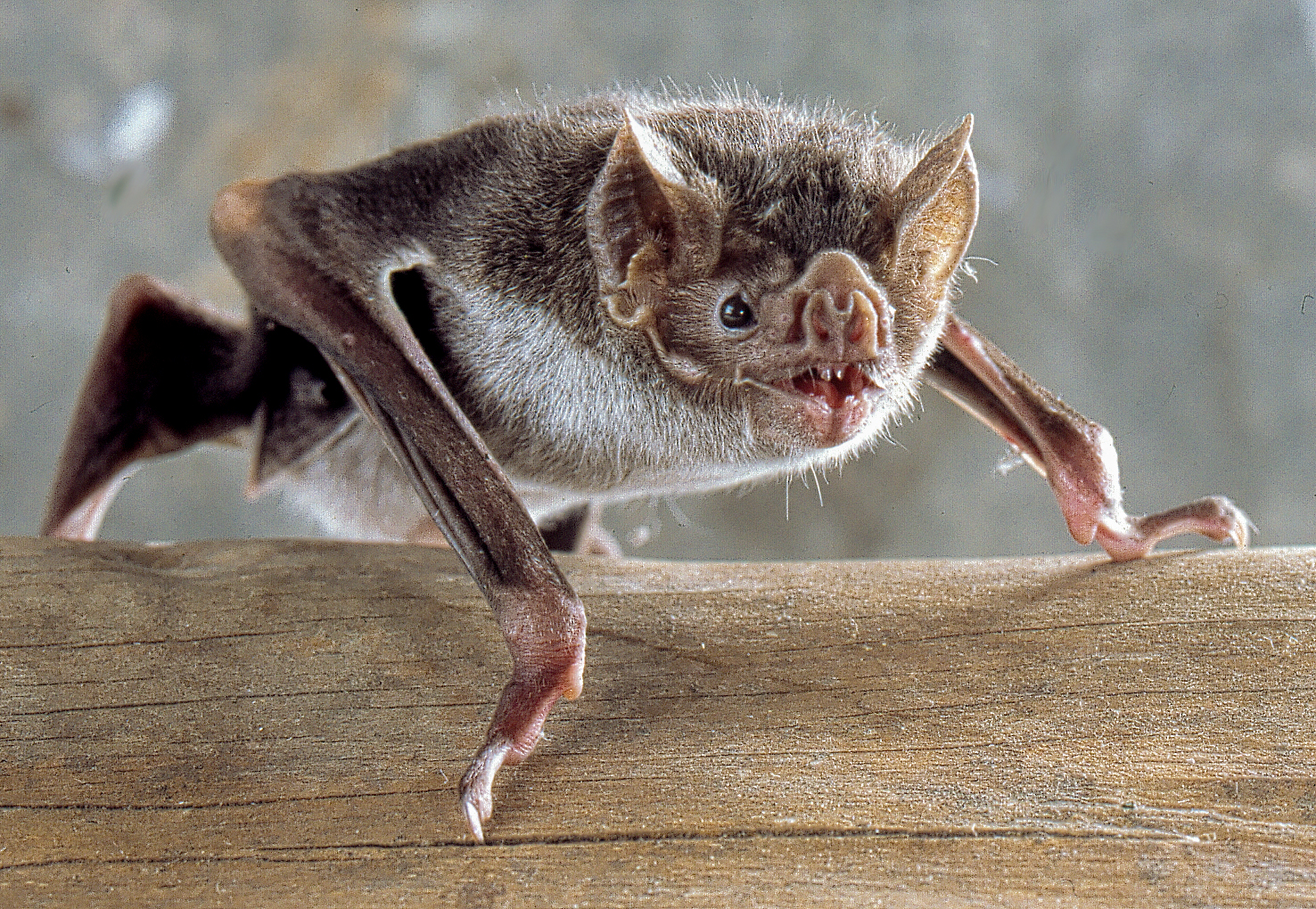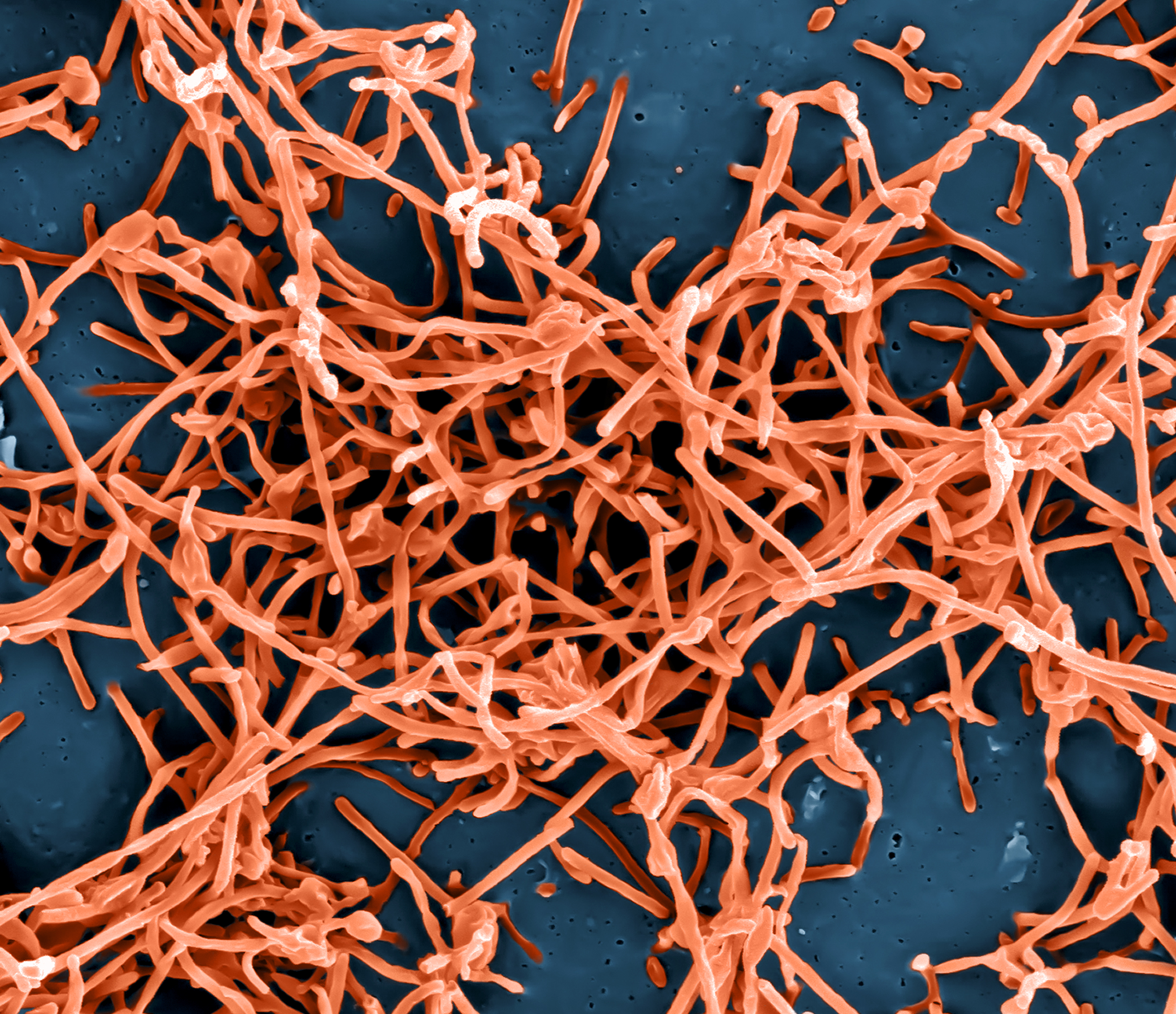Researchers are abolishing an ancient epidemic — and trying to prevent the next one before it starts
Using machine learning tools and viral sequences, researchers are trying to better understand disease transmission
Photo by Zdeněk Macháček on Unsplash
Many of the world’s deadliest viruses didn’t originate in humans. Rabies, HIV, and Ebola are just three of the countless illnesses that have jumped from animals to humans. Known as zoonotic diseases, this kind of cross-species transmission is actually not an exception, but a norm. So in order to protect people from dangerous new diseases, we must first understand where and how people might be exposed in the first place.
Tracking the transmission of viruses across species is a monumental task. To do so, scientists conduct field research in far-flung places, often on multiple species—all hopefully without contracting diseases themselves. Take, for example, the deadly rabies virus, which is found in many animal species, including bats. Daniel Streicker is a senior research fellow at the University of Glasgow who has been working with collaborators in Peru to track the spread of rabies. Streicker's been traveling to different barns and caves across Peru and hoisting nets around the exits, capturing vampire bats in order to tag and sample them. For Streicker and his research team, understanding how rabies is transmitted by bats was the first step toward learning what viral and host characteristics impact disease transmission generally.
Just as Streicker started this project in Peru, the region began battling a rabies outbreak. Vampire bats typically live south of the United States border with Mexico (at least for now), and are particularly problematic because of their feeding habits: Since they bite other animals to feed, they're "the perfect vector for this disease,” says Striecker.

Streicker and his colleagues have been collecting DNA and RNA sequences from vampire bats, as well as other environmental DNA.
While strategies to contain rabies transmission from dogs and bats are well established in North America, Latin America still suffers from widespread outbreaks. The numbers of cases have decreased, but many thousands of animals in Latin America still die of rabies every year. Especially in rural areas, which have limited public health infrastructure, the prevalence of the virus makes it dangerous for humans and animals alike. For farmers in particular, rabid bats are a constant fear. If a rabies outbreak from bats reaches their lands, livestock infections pose not only a health risk, but a problem for their pocketbook. “It doesn’t kill off thousands of livestock at once," Streicker says, but cumulatively outbreaks are still a substantial public threat.
Streicker and his colleagues have been collecting DNA and RNA sequences from vampire bats, as well as other environmental DNA. By tracing and comparing the variations in these sequences, Streicker and his collaborators have learned more about how the rabies virus has moved around Peru. Their phylogenetic analysis works like this: Imagine 100 people start in the center of town for a bar crawl. Groups of people head in the directions of their favorite stops. At the end of the night, by comparing who went to which bar, you have an idea of who drank together. The variation within the sequences Streicker collects from DNA and RNA samples provides the same information about the rabies virus and bat populations. We now know, for example, how far the virus can travel in a year, and what areas may be most at risk. The researchers have learned that male bats are largely to blame for the virus' spread, and that bat culling, a strategy used to reduce rabies transmission, may in fact, hurt the effort to stop rabies virus, since possibly infected bats typically disperse to new areas after populations are culled.
To minimize public health risks, Streicker emphasizes the need to “control rabies in the bats themselves.” Luckily, a United States Geologic Survey researcher, Tonie Rocke has been studying bats in captivity to develop an innovative vaccine. Unlike normal vaccines, which would be unfeasible to deliver to wild populations, Rocke's invention can be transmitted directly from bat to bat through skin contact. Combined with Streicker's research, the scientists are hoping to target at-risk populations, like bats who live near a known outbreak. While these strategies may reduce outbreaks within five years, Streicker's ultimate goal is a long-term solution. “It would be nice to have something to target elimination, more than just localized prevention.”

Pictured: Ebola virus particles.
The insights these scientists are gleaning about rabies transmission may also be useful in understanding other diseases. Streicker, for example, recently published a bold theory about Ebola virus. He was curious if the Ebola virus was now evolving quickly as it spread among primates, reasoning that as the virus replicated within different hosts, it would essentially self-optimize in each. Could researchers use this virus evolution as clues to which animal host new outbreaks sprang from? If so, researchers could learn critical information during early stages of epidemics, helping prevent people's exposure.
In the paper, published in Science, Streicker and his collaborators gathered hundreds of viral sequences, and then used machine learning algorithms to predict what animal host the viruses came from. These machine learning models were able to make predictions with 72 percent accuracy. Next, Streicker and his team hope to improve the model by testing its results in the field, but it's already a notable step towards being able to predict and respond to Ebola outbreaks. During pandemics, the ability to run genetic sequences from samples through such a model could quickly narrow down potential hosts. Such a tool would benefit many neglected diseases, including Lassa virus, and other devastating illnesses.
Improving our epidemiological toolkits is important because the future of pandemics doesn’t look great. Responding to disease outbreaks requires a complex combination of local, national, and global efforts. Being able to warn a neighboring community of a potential rabies outbreak, intelligently inoculate at-risk bat populations, or predict the host animal of a deadly new virus would give public health officials a critical headstart in combating outbreaks.

Researchers are sampling and sequencing diverse viruses across the globe.
As researchers sample and sequence diverse viruses across the globe, their insights can have a direct impact on response plans for pandemics. This is precisely the goal of the Global Virome Project (GVP). Although the international effort is in early stages, an initial project called PREDICT is collecting samples from over 30 countries. The collection of these samples provides efforts like Streicker's more data to help predict virus behavior. "Everywhere we work, the teams are a resource for public health networks, strengthening capacity for secure and safe field surveillance, as well as laboratory training." explains Dr. Jonna Mazet, global lead of PREDICT and member of the GVP steering committee.
While we may be racing against fast-evolving viruses, there’s no doubt human ingenuity is playing defense.